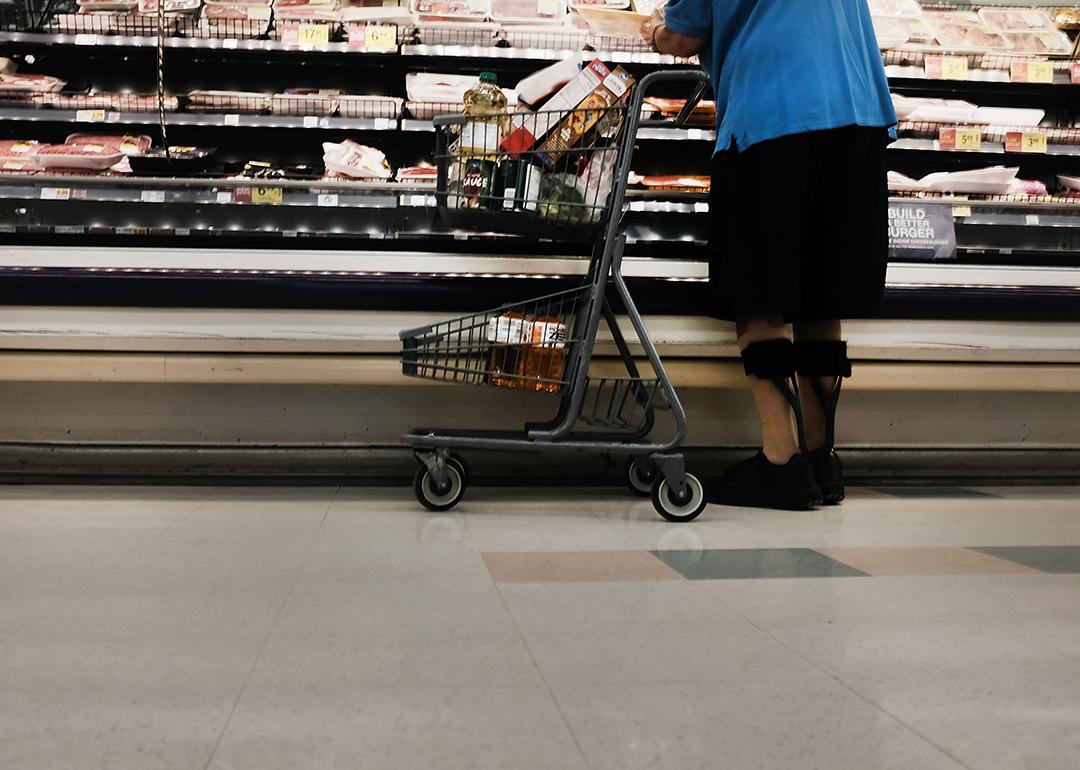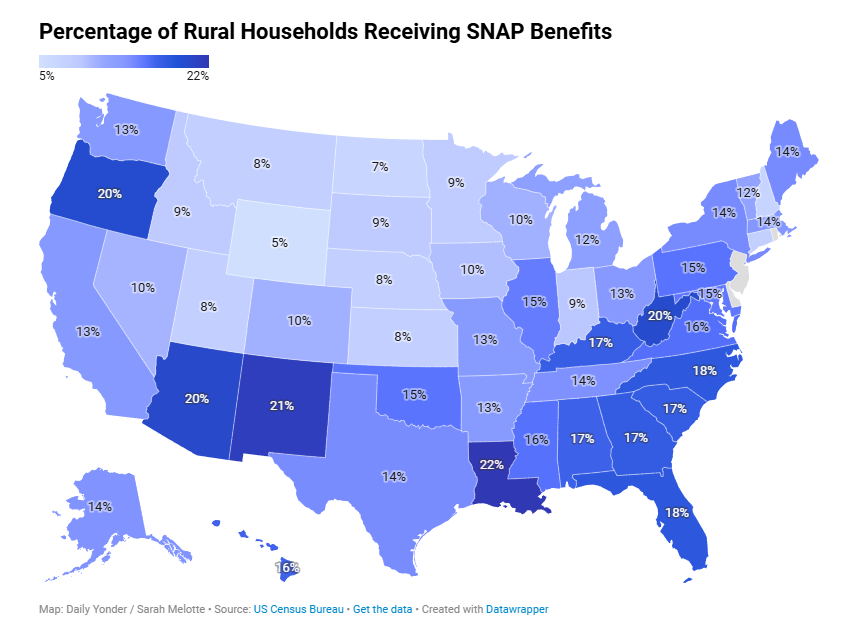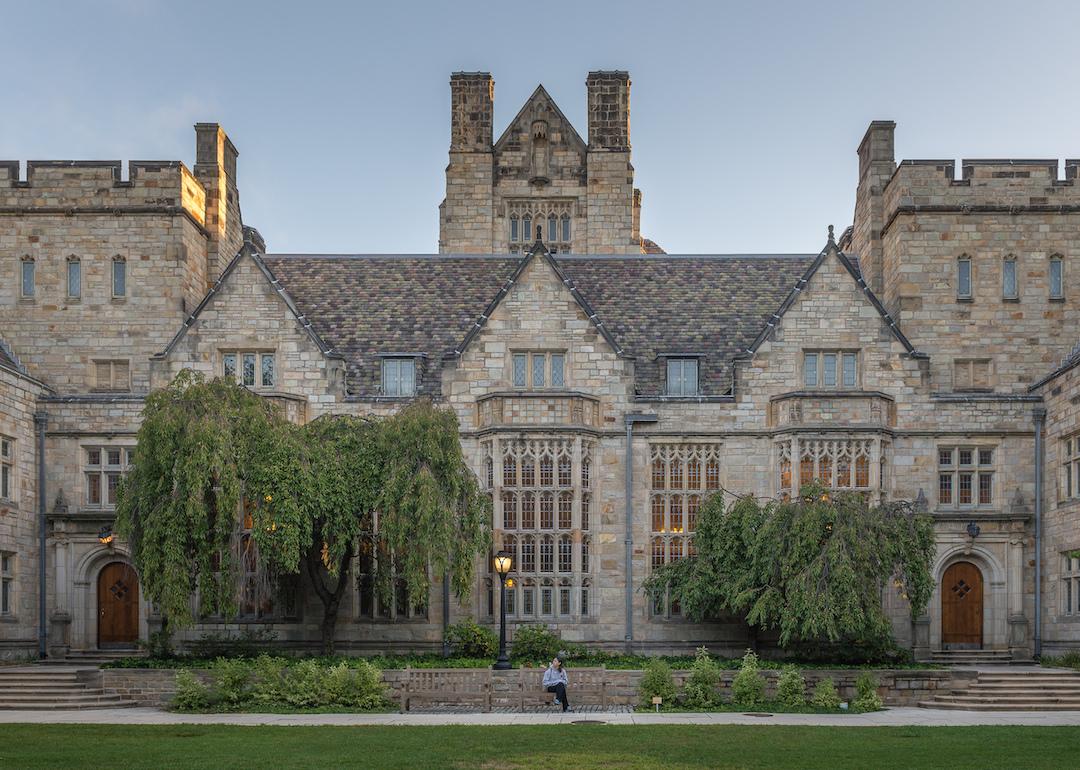
2025 farm bill: Advocates prioritize anti-hunger policies while Republicans push budget cuts
This story was produced by The Daily Yonder and reviewed and distributed by Stacker.
2025 farm bill: Advocates prioritize anti-hunger policies while Republicans push budget cuts
By eliminating barriers to participate in the Supplemental Nutrition Assistance Program, or SNAP, formerly known as food stamps, Congress can make it easier for millions of low-income rural Americans to put food on the table, according to Salaam Bhatti of the Food Research & Action Center, or FRAC, a nonprofit policy and research organization.
But GOP members of the House Agriculture Committee are pushing forbudget cuts to the Farm Bill, the legislation that authorizes food stamps and a variety of other nutrition and agriculture programs.
"We know that 15.4% of households in rural areas had experienced food insecurity in 2023," Bhatti told The Daily Yonder in a phone interview. "So that's a significant number."
SNAP is the first line of defense against hunger, according to a report from Jordan Baker, senior communications manager at FRAC.
The last Farm Bill was signed into law by Trump in 2018 during his first term. Since then, the legislation has been in limbo, awaiting updates until September 2025, when Congress is scheduled to vote on new legislation.
Bhatti said nutrition advocates are pushing for three major changes in the 2025 Farm Bill to address food insecurity in rural areas.

1. Protect the Thrifty Food Plan
SNAP allowances are based on estimations of the cost of groceries for a given year, something the USDA Food and Nutrition Service refers to as the Thrifty Food Plan. According to the November 2024 Thrifty Food Plan, the estimated monthly cost of groceries for a family of four was $983.80 (SNAP allowances can vary by household size, gender, and age).
The Thrifty Food Plan estimates the cost of groceries for an individual or household, then uses that estimation to determine the maximum SNAP allotments a person can receive. Congress updates the Thrifty Food Plan every five years to keep SNAP allotments up to date with market prices.
Bhatti said that protecting funding for the Thrifty Food Plan will be important for fighting food insecurity in rural America.
In 2022, an estimated 2.5 million rural households relied on SNAP to subsidize their grocery bill. That's about 14% of all rural households, slightly higher than the 11% of metropolitan residents who rely on SNAP.
About one million households that rely on SNAP are families with children, a group that makes up about 22% of the rural population.
To add to that, every SNAP dollar spent in a rural community has an outsized effect on economic activity compared to metropolitan counties.
"For every SNAP dollar, there's an economic impact of $1.54 cents," said Bhatti. "But that is even more impactful within rural parts of the country because a lot of our farmland is in rural America. SNAP is an economic investment."
SNAP drives economic activity in rural areas primarily by supporting local grocery stores, providing money that, without SNAP, "is going to really hurt [the store's] bottom line," Bhatti said.
Those SNAP dollars spill over into agriculture and food processing, industries which have a large economic base in rural areas, according to a USDA report.
Many GOP lawmakers want to cut back on its funding. In May of 2024, Republican chair of the House Agriculture Committee Glenn Thompson released his proposed farm bill that would make it harder for the USDA to keep the Thrifty Food Plan up to date with potential increases in the cost of healthy food.
"There's an attempt to cut SNAP benefits over the next 10 years by $30 billion," Bhatti said of Thompson's proposed legislation. "So that would be … an enormous negative impact because a lot of people came out to vote because groceries are unaffordable."
Thompson's proposal is a response to the Biden Administration's updates to the Thrifty Food Plan, which increased SNAP benefits by 30%.
2. Eliminate SNAP Work Requirements
Under current SNAP guidelines, an individual can only receive three months of SNAP benefits every three years without meeting the program's work requirements.
The Food and Nutrition Service, or FNS, the department of the USDA that oversees SNAP, requires able-bodied recipients between 16 and 59 years old to work or participate in a workforce program for at least 80 hours per month to continue receiving benefits after that three month window.
"We want to eliminate the time limits that are disproportionately impacting rural residents and other underserved populations," Bhatti said. "There's just not enough good paying jobs in rural America, so to force them into low paying work really puts them into a cycle of poverty."
Previous Daily Yonder reporting demonstrated that living in a poor job market may be more burdensome for rural residents compared to their urban counterparts. That's because fewer households in rural America have reliable internet access and transportation compared to urban and suburban residents. Rurality can therefore make it harder for people already struggling to meet SNAP's work requirements.
3. Repeal the Lifetime Ban for Individuals with a Felony Drug Conviction
"We also want to repeal the lifetime ban for individuals with felony drug convictions, which affects a lot of families trying to rebuild in rural areas," Bhatti said.
Living in a rural community can exacerbate existing challenges that felons face in finding employment and meeting work requirements. Rural areas also have limited access to reentry programs compared to urban centers, a deficit that can make it harder for formerly incarcerated people to get back on their feet, according to a report from the Rural Justice Collaborative.
The initial push to ban people with felony drug convictions from SNAP was based on an allegation that many SNAP recipients illegally trade their benefits for things like guns and drugs. Data shows that SNAP fraud accounts for less than 2% of total allotments, with most instances involving retailers rather than individuals trading benefits for drugs.
The practice of banning people with felony drug convictions from participating in SNAP began in 1996 when President Bill Clinton signed into law the Personal Responsibility and Work Opportunity Reconciliation Act, or PRWORA.
About half of rural Americans live in a state that has either a temporary or lifetime ban for individuals with felony drug convictions, according to a Daily Yonder analysis of PRWORA data.
"There's a bipartisan agreement to get rid of [the ban], which is really great," said Bhatti.



